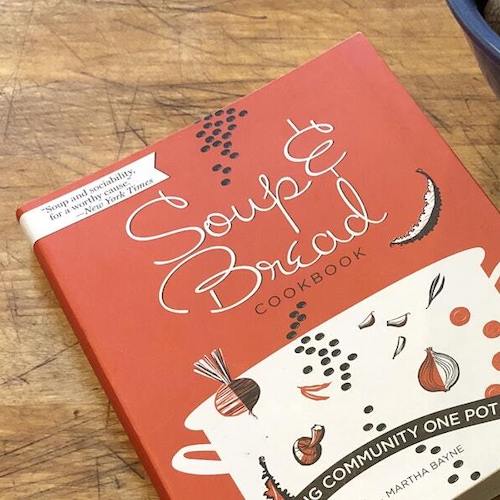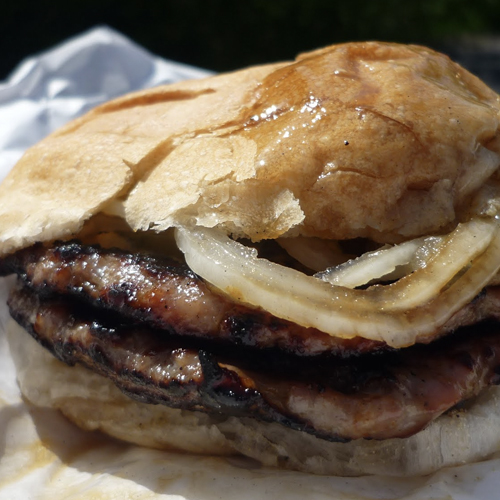Urban Dictionary translates “Booyah!” as “Oh yeah!” or “In your face!” It means something else in Wisconsin.
There, booyah is a hearty, catch-all meat-and-vegetable stew, simmered in giant kettles at fairs, fundraisers, and other community events. It takes hours of cooking, if not days. Chicken is often the main ingredient, but beef and pork are acceptable supplements and substitutes, and vintage recipes call for venison, turtle, and lake fish. Add a medley of corn, peas, potatoes, cabbage, carrots, onions, and other stew-friendly vegetables, and you have a nourishing one-pot meal.
While local lore maintains that the stew came from Wisconsin’s Walloon Belgian community, and that its name came from a clumsy transcription of the Walloon (and French) word “bouillon,” meaning “broth,” it’s so broadly popular in the Green Bay area that the city has an amateur baseball team called the Booyah. It’s spread to other parts of Wisconsin, too, and just beyond the state’s borders, into parts of eastern Minnesota and Michigan’s Upper Peninsula.
The best booyah starts with generations-old family recipes like the one Mike Weir uses at Kroll’s West in Green Bay.
For about fifteen years, he’s been cooking a close family friend’s booyah in forty-gallon batches. “I think it really just became popular because it tastes so damn good,” he says. He donates a hundred gallons to charitable causes each year. It’s good for the community, he says, and besides that, “it’s good for business, so it works out pretty nice.”
The first trick to his booyah is selecting the fattiest chicken possible. He simmers that chicken with oxtail, which adds flavor and body to the broth, until both are falling-off-the-bone tender. Then he adds beef tips, carrots, onions, cabbage, and a few other ingredients, along with a bit of chicken base, simmers that for two hours, then lets the massive pot of stew sit for two hours, stirring it every fifteen minutes. That’ll make a good booyah, he says, but you can’t rush greatness. “We find that if it sits for four or five days in the cooler, we get a better flavor,” Weir says.




